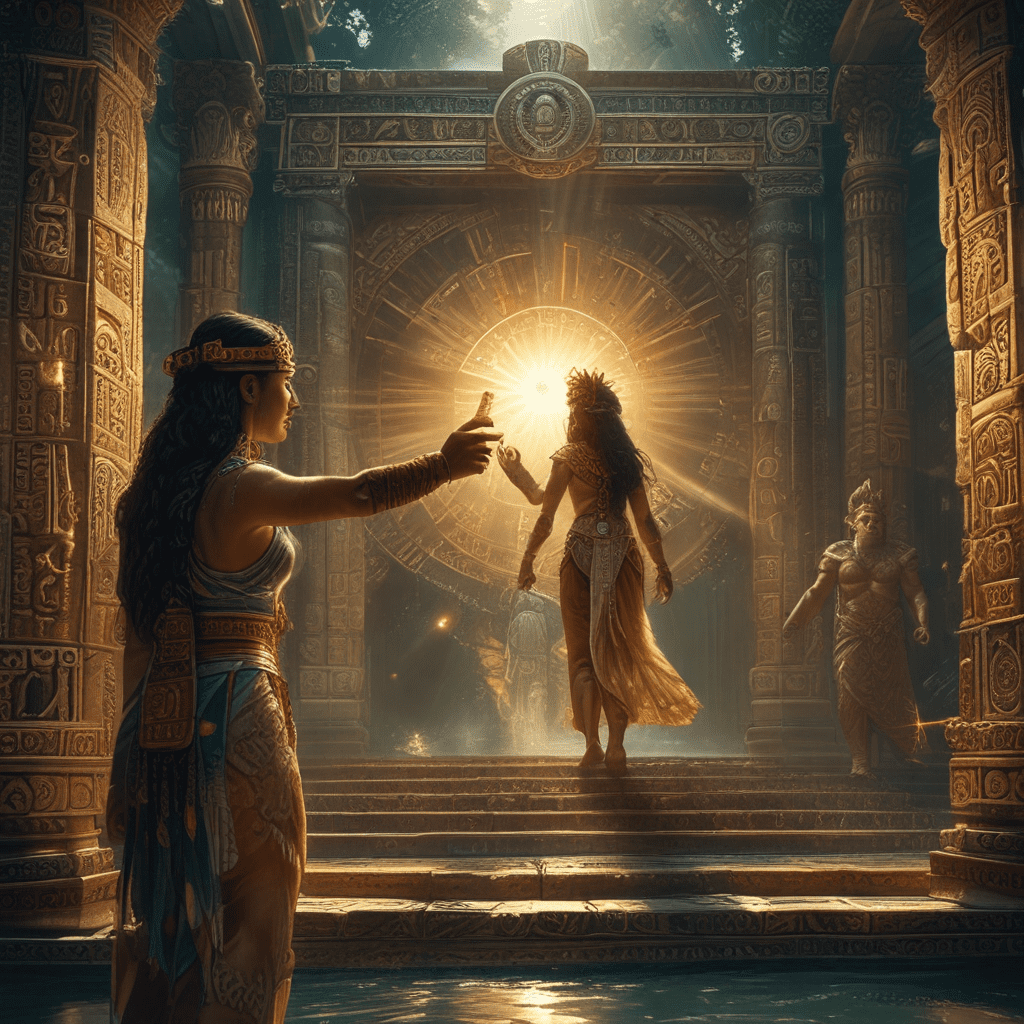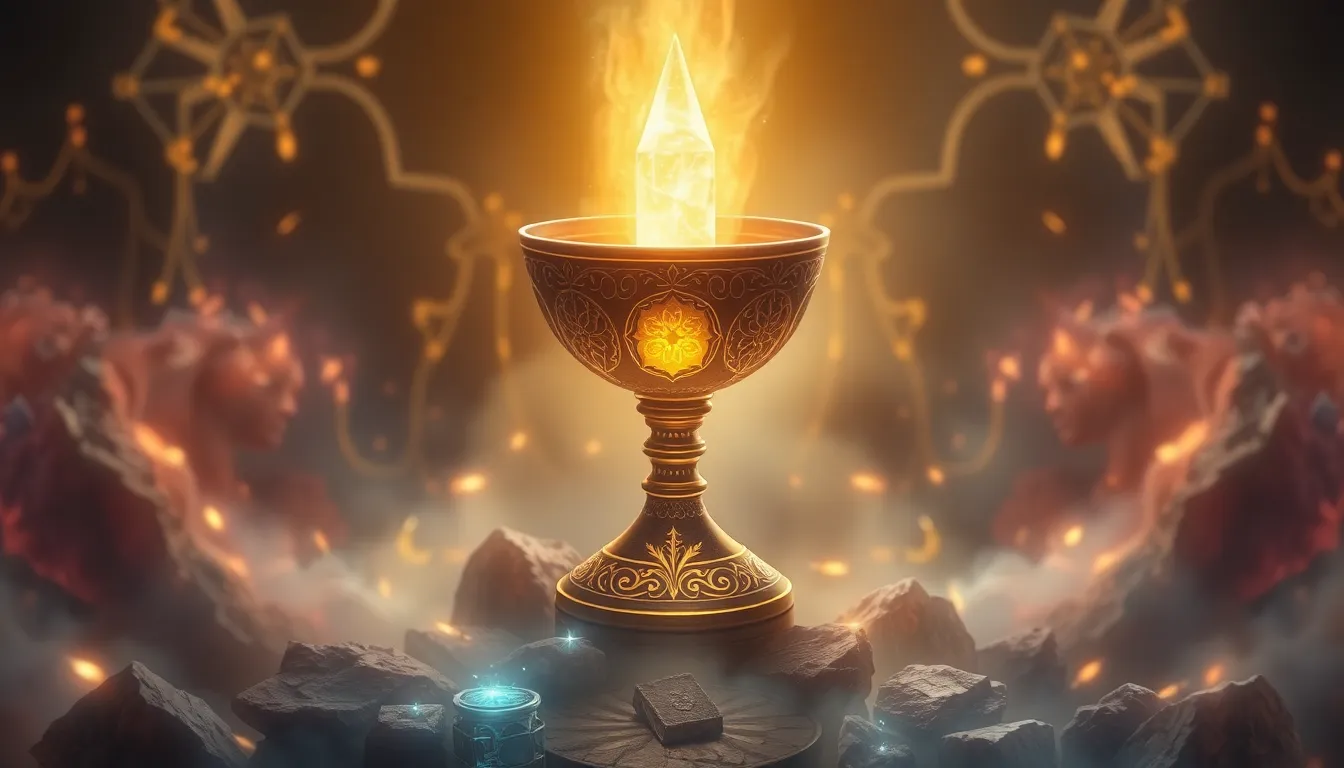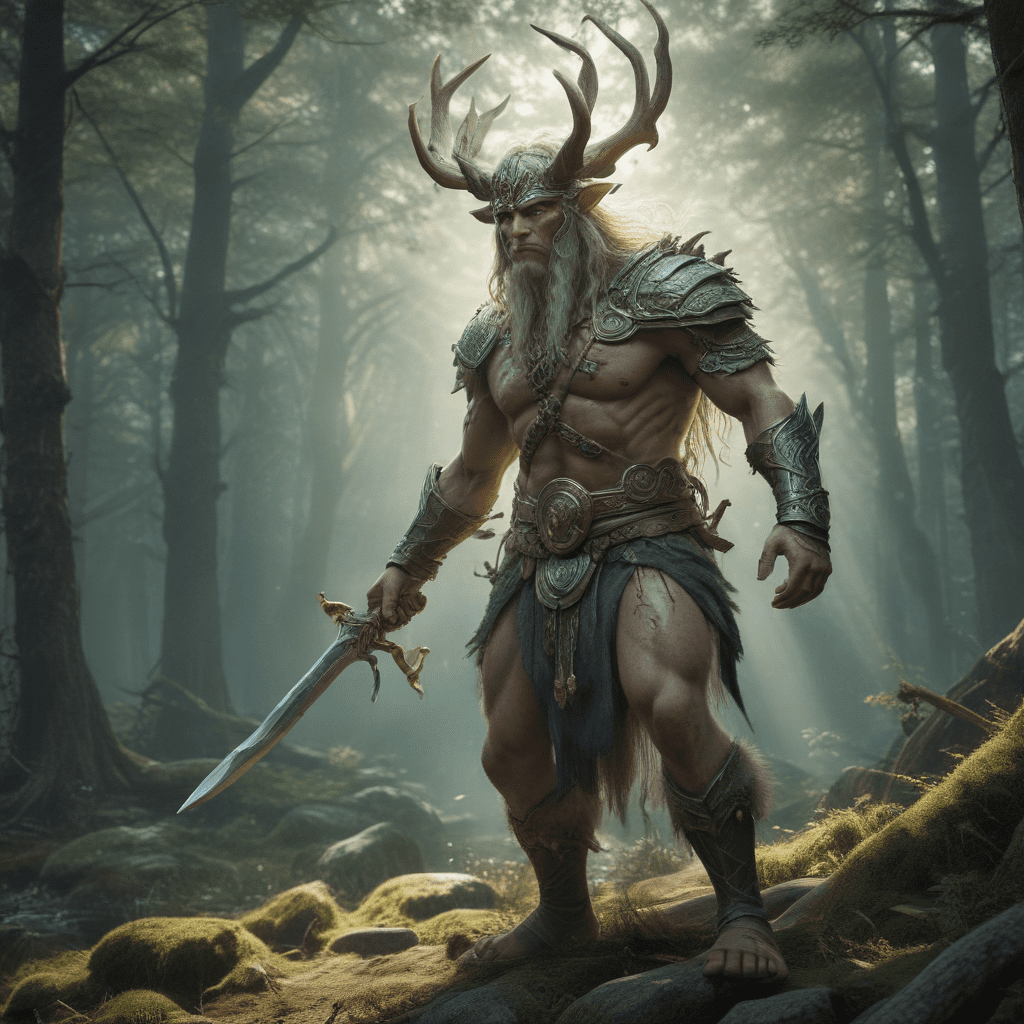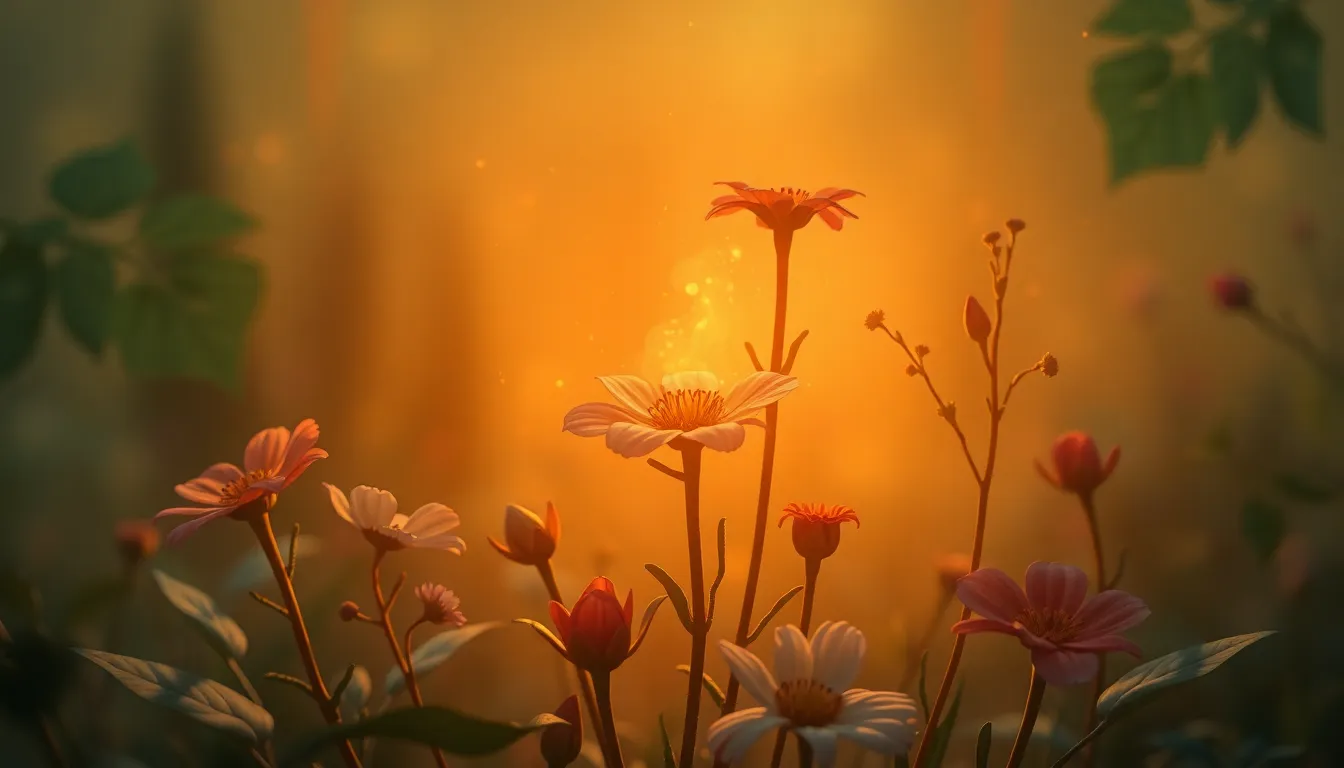The Enigmatic World of Mayan Mythology
The ancient Maya civilization, revered for its profound knowledge of astronomy, mathematics, and art, also developed a complex and intricate system of divination. Embedded within the tapestry of their rich mythology, Mayan divination served as a bridge between the human realm and the supernatural, offering insights into the past, present, and future. It played a vital role in shaping their cultural beliefs, guiding their political decisions, and influencing their daily lives.
The Maya believed that the universe was governed by a delicate balance between order and chaos, where celestial bodies, spirits, and natural phenomena held profound meaning. Through rituals, offerings, and specialized divination practices, they sought to decipher these signs and harness their power. This intricate and fascinating world of Mayan divination continues to captivate and inspire modern scholars and enthusiasts alike.
6. Daykeepers: Guardians of Time and Fate
Within the Mayan social structure, specialized individuals known as Daykeepers held a prominent position. These revered figures were entrusted with the profound responsibility of interpreting the Tzolk’in calendar, deciphering the intricate patterns of time and destiny. They served as spiritual guides and advisors, offering counsel to rulers, priests, and commoners alike.
Daykeepers possessed a deep understanding of the Mayan cosmology, the complex interplay between celestial movements, natural phenomena, and human affairs. Through rituals, observations, and calculations, they identified auspicious days for planting, warfare, marriage, and other significant events. Their pronouncements held great weight, influencing decisions that shaped the course of Mayan society.
7. The Tzolk’in: A Sacred Calendar for Divination
The Tzolk’in, a 260-day sacred calendar, formed the cornerstone of Mayan divination. This intricate system, composed of 20 day signs and 13 numbered coefficients, created a cyclical pattern that governed all aspects of life. Each day held a unique meaning and association with specific deities, celestial bodies, and natural forces.
Daykeepers meticulously tracked the Tzolk’in, correlating the current day sign with past and future occurrences. They used this knowledge to predict events, identify favorable or unfavorable periods, and guide individuals towards aligning their actions with cosmic energies. The Tzolk’in served as a powerful tool for navigating the complexities of time and destiny, offering insights into the interconnectedness of the human and supernatural realms.
8. Deities of Divination: Invoking Divine Guidance
Myths and legends surrounding the Mayan deities reveal their profound connection to divination. Itzamná, the creator god, was revered as the patron of knowledge and prophecy. His wisdom extended to deciphering celestial signs, interpreting dreams, and foretelling future events.
Ix Chel, the goddess of fertility and medicine, also played a significant role in divination. She was associated with healing rituals, divination through water, and interpreting the messages conveyed through dreams and visions. Other deities, such as Chaac, the rain god, and Kukulcan, the feathered serpent deity, also possessed divinatory attributes, reflecting the multifaceted nature of this practice within Mayan society.
9. Decoding the Mayan Codices: Unveiling Secrets of the Past
The surviving Mayan codices, intricately painted books containing glyphs, images, and historical records, offer invaluable insights into their divinatory practices. These precious documents, such as the Dresden Codex and the Madrid Codex, depict rituals, astrological calculations, and interpretations of celestial events.
By deciphering the complex symbolism and intricate knowledge encoded within the codices, researchers gain a deeper understanding of the Mayan worldview and their sophisticated divinatory techniques. These ancient texts serve as a testament to the intellectual prowess and spiritual depth of Mayan civilization, illuminating the intricate connections they perceived between the human realm and the cosmos.
10. The Legacy of Mayan Divination: Echoes in Modern Practices
Though the Mayan civilization reached its zenith centuries ago, the echoes of their divinatory practices still resonate today. The Tzolk’in calendar continues to be used by indigenous communities in Central America, guiding their agricultural practices, ceremonies, and personal decisions. The profound insights gleaned from celestial observations and dream interpretations continue to inspire modern practitioners of astrology, dream analysis, and other forms of divination.
The legacy of Mayan divination serves as a reminder of humanity’s enduring fascination with the unknown and our age-old pursuit of meaning and guidance in the vast tapestry of time and existence. By understanding and appreciating this ancient practice, we gain a deeper appreciation for the intricate knowledge systems and spiritual beliefs that shaped one of history’s most fascinating civilizations.
Frequently Asked Questions (FAQ):
1. How did the Maya perform divination?
The Maya employed various methods of divination, including interpreting celestial signs, reading dreams and omens, casting lots, and utilizing specialized tools such as bones and crystals. They also consulted with Daykeepers, who possessed specialized knowledge of the Tzolk’in calendar and its divinatory implications.
2. What role did dreams play in Mayan divination?
Dreams were considered a potent source of divination, believed to convey messages from the spirit world or offer insights into the future. The Maya developed elaborate systems for interpreting dream symbols and omens, seeking guidance and warnings from their nocturnal visions.
3. What were the most important deities associated with divination?
Itzamná, the creator god, and Ix Chel, the goddess of fertility and medicine, played prominent roles in Mayan divination. They were associated with wisdom, prophecy, healing rituals, and interpreting dreams and celestial signs.
4. How is Mayan divination still relevant today?
The Tzolk’in calendar continues to be used by indigenous communities in Central America, and the principles of Mayan divination inspire modern practices like astrology, dream analysis, and the exploration of the interconnectedness of humanity and the cosmos.
5. What resources are available for learning more about Mayan divination?
Numerous books, articles, and online resources explore the fascinating world of Mayan divination. The surviving Mayan codices, such as the Dresden Codex and the Madrid Codex, offer invaluable insights into their divinatory practices. Additionally, museums and cultural centers dedicated to Mayan history often provide educational materials and exhibitions related to divination.



